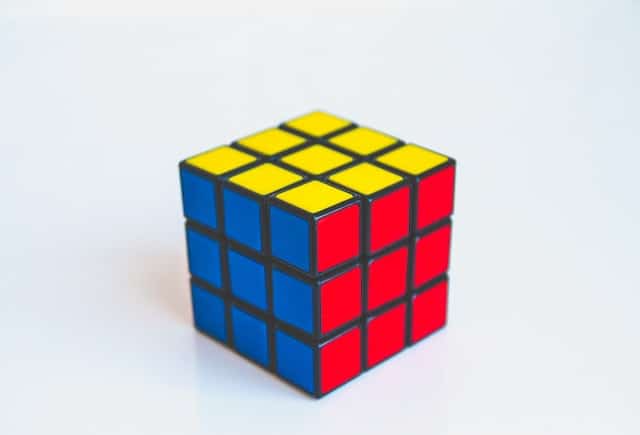Solving riddles can be a fun and rewarding experience, but it can also be a frustrating one if you’re not equipped with the right skills. Riddles are essentially puzzles designed to challenge your thinking and test your ability to connect seemingly unrelated information. They are often used as a form of entertainment, education, or even as a tool for problem-solving.
While some riddles are simple and straightforward, others can be quite complex and require a bit of lateral thinking. If you’re someone who loves a good challenge and wants to improve your riddle-solving skills, this guide is for you. In this article, we’ll take a closer look at how to solve riddles quickly by using a technique called “hooking.”
What is Hooking?
Hooking is a technique used in riddle solving that involves focusing on the most important or relevant part of a riddle and using it as a starting point for your thought process. Essentially, it means taking a “hook” or “clue” from the riddle and using it to guide your thinking.
For example, let’s say you come across the following riddle:
“I am always hungry, I must always be fed. The finger I touch, will soon turn red.”
The hook in this riddle is the fact that the object is always hungry and must always be fed. This clue suggests that the answer to the riddle is something that is alive and requires sustenance. By using this hook, you can eliminate any answers that don’t fit this criteria and focus your thinking on possible answers that do.
How to Use Hooking For Solving Riddles Quickly
Now that we understand what hooking is, let’s take a look at how to use it to solve riddles quickly.
Step 1: Read the Riddle Carefully
The first step in solving a riddle is to read it carefully and try to identify any hooks or clues that may be present. Pay close attention to the wording, as even a small change in phrasing can completely change the answer to the riddle.
Step 2: Identify the Hook
Once you’ve read the riddle, try to identify the hook or clue that you think is most important. This could be anything from a specific word or phrase to a particular concept or idea.
Step 3: Use the Hook to Guide Your Thinking
Once you’ve identified the hook, use it to guide your thinking and eliminate any answers that don’t fit. Try to think of possible solutions that match the hook and use this as a starting point for your thought process.
Step 4: Consider Alternative Meanings
If you’re struggling to come up with an answer that fits the hook, try to think of alternative meanings for the words or phrases in the riddle. Sometimes, riddles can be intentionally misleading or require you to think outside the box to find the answer.
Step 5: Keep Practicing
Like any skill, riddle-solving requires practice to master. The more riddles you solve, the easier it will become to identify hooks and use them to solve riddles quickly. Keep practicing and challenging yourself with new riddles to improve your skills.
Conclusion: Hook Your Way to Solving Riddles Successfully
Solving riddles quickly can be a challenging and rewarding experience. By using the hooking technique, you can improve your riddle-solving skills and start solving even the most complex riddles with ease. Remember to read the riddle carefully, identify the hook, use it to guide your thinking, consider alternative meanings, and keep practicing to become a riddle-solving master. Happy riddling!
